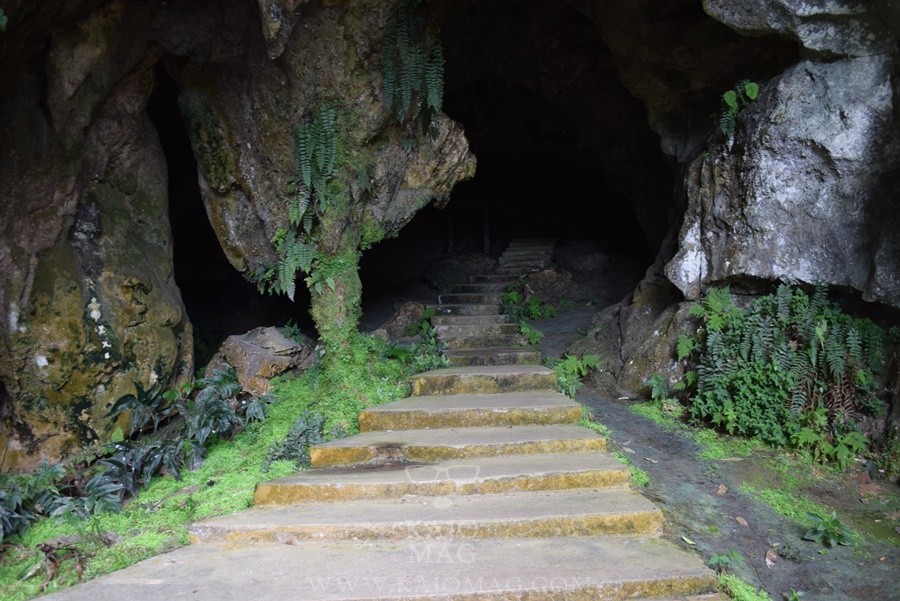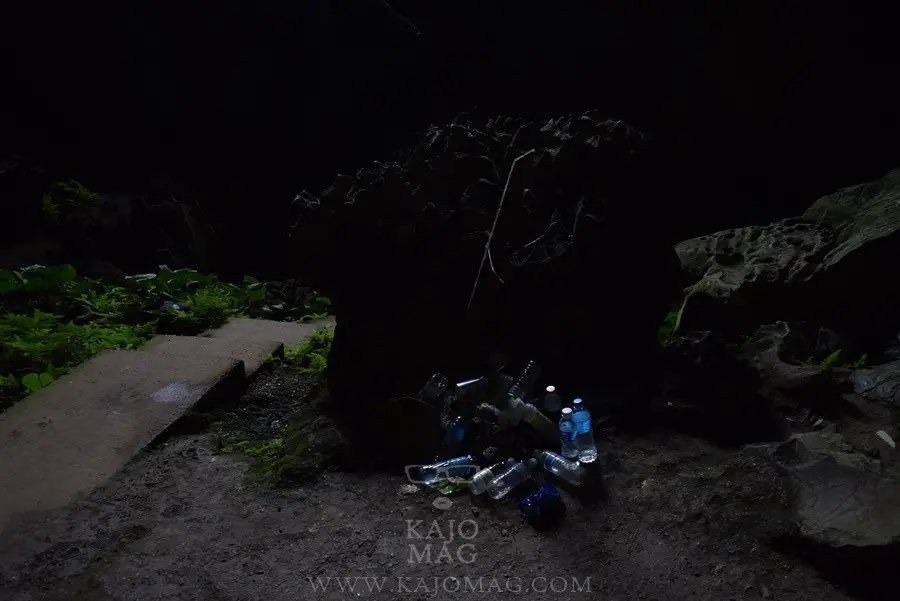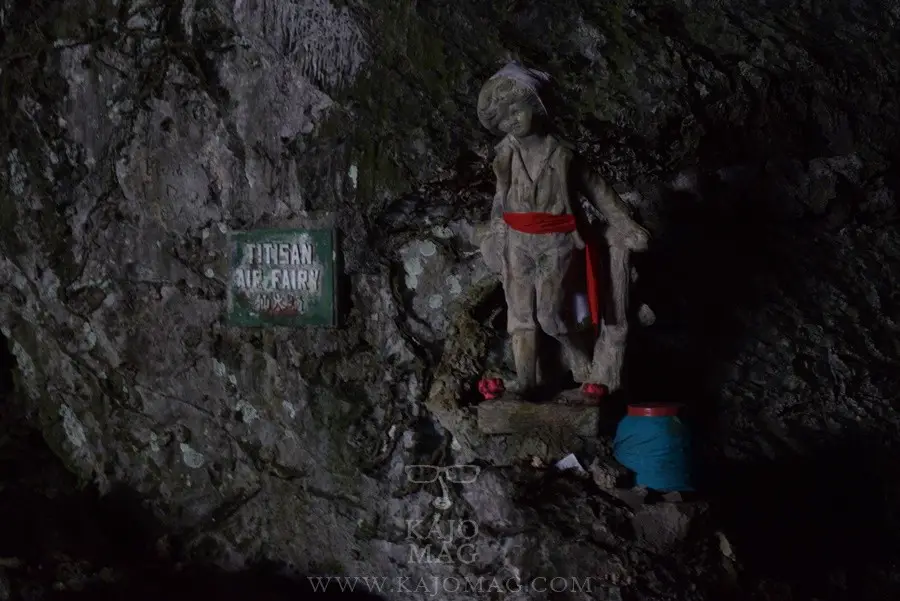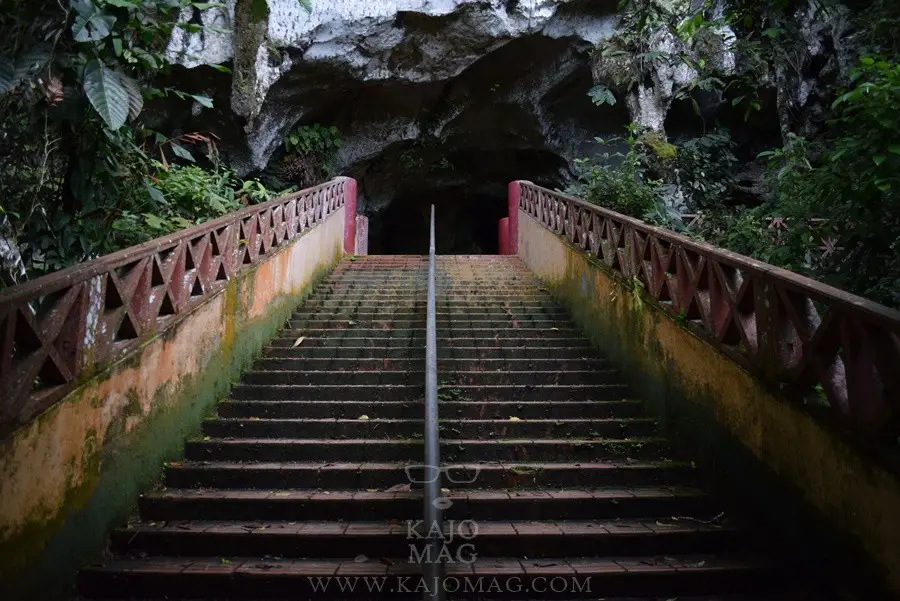Located in the province of West Kalimantan, Indonesia, the Danau Sentarum National Park is one of the most biodiverse lake systems in the world.
To give you an idea of how diverse; the park is home to about 240 recorded fish species.
Compare that to the European continent which has recorded about 546 species of freshwater fish, and Danau Sentarum has the equivalent of 40% of fish species for the whole of Europe.
The national park which covers an area of 127,393.4 hectares is basically a vast floodplain. Half of the area are lakes while the other half is swamp forest.

While most national parks in the world impose the heavy rule of ‘no fishing’ within its management area, the same rule cannot be enforced at Danau Sentarum National Park.
This is because there are roughly 20 villages located within the park’s proximity.
About 90% of the locals there are the Malay people while the rest are Dayak Iban.
With most of their villages built right next to a body of water, the lake also gives the villagers accessibility to the outside world besides providing
Most importantly, though, the communities rely heavily on the fish resources as their source of livelihood.
During a trip organised by World Wide Fund for Nature (WWF) Indonesia from Nov 25 till 28, a group of media practitioners and travel writers paid a visit to Danau Sentarum National Park.
There, the group had the opportunity to cruise through the different channels of the lake system and observe the daily activities of local communities.
And it was not hard to find the locals at the Danau Sentarum. A number of them were seen on their boats busy with different kind of fishing gear.

Fishing nets of all kinds


One of the most common types of fishing gear used at Danau Sentarum is the pukat or gill net. The nets look like rectangular hammocks with wooden sticks to put them in place.
Pukat is commonly used all year round. However when the water level drops during dry season, this fishing method is not practical as the net is not entirely submerged.
Apart from the pukat, the locals of Danau Sentarum can be seen casting jala or nets from the bows of their wooden boats.
Jala allows the locals to catch different kinds of fish depending on the mesh sized used.
Another common fishing gear spotted along the lake of the national park was the bubu. This is typically a large cylindrical fish trap made from rattan, although they do make rectangular traps as well.
Some fishermen were still seen using good old hooks. This kind of fishing method is used to catch fish for personal consumption.

Are those wind chimes?
Bubu is not the only type of fish trap used at Danau Sentarum.
If you are cruising through Danau Sentarum, youmight notice small items hanging from trees along the lake and the stilts of the village houses.
They look like wind chimes from afar but in fact they are bamboo tube traps.
Called tabung by the locals, these fish traps are made from bamboo tubes tied in bundles. The local fishermen used them primarily to trap live ulang uli.
Ulang uli or clown loach (Chromobotia macracanthus) have orange bodies with three black bars. They are usually sold as ornamental fish.


Fishing for a living at Danau Sentarum
Apart from ornamental fish, Danau Sentarum fishery folk process their various catches into salted and smoked products for sale.
And their products cannot get any fresher; the fish are immediately gutted right on the boats or their village wharf.
According to one fisherman, Abang Usman from Dusun (village) Semangit, it takes up to four days to completely dry the salted fish.

The salted fish are sold to a seller who comes to the village every two or three days to collect the processed fish.
He explained that the type of fish sold vary according to the season. In September, some of the common catches are toman, baung and biawan.

Fish for food at Danau Sentarum
At Danau Sentarum, fish is the main source of protein for the local villagers. While salted and smoked fishes are tasty and ready to have with a bowl of hot steaming rice, they still can’t beat freshly cooked fish.
And one of the favourite ways to cook any fishes here is with asam pedas, or spicy tamarind fish. It is a Malay sour and spicy fish dish popular in Indonesia.
The added bonus of having your fish freshly caught, is that they don’t have that fishy smell.
So if you are making your way to Danau Sentarum, do not miss out on having a taste of the fish.
















































































